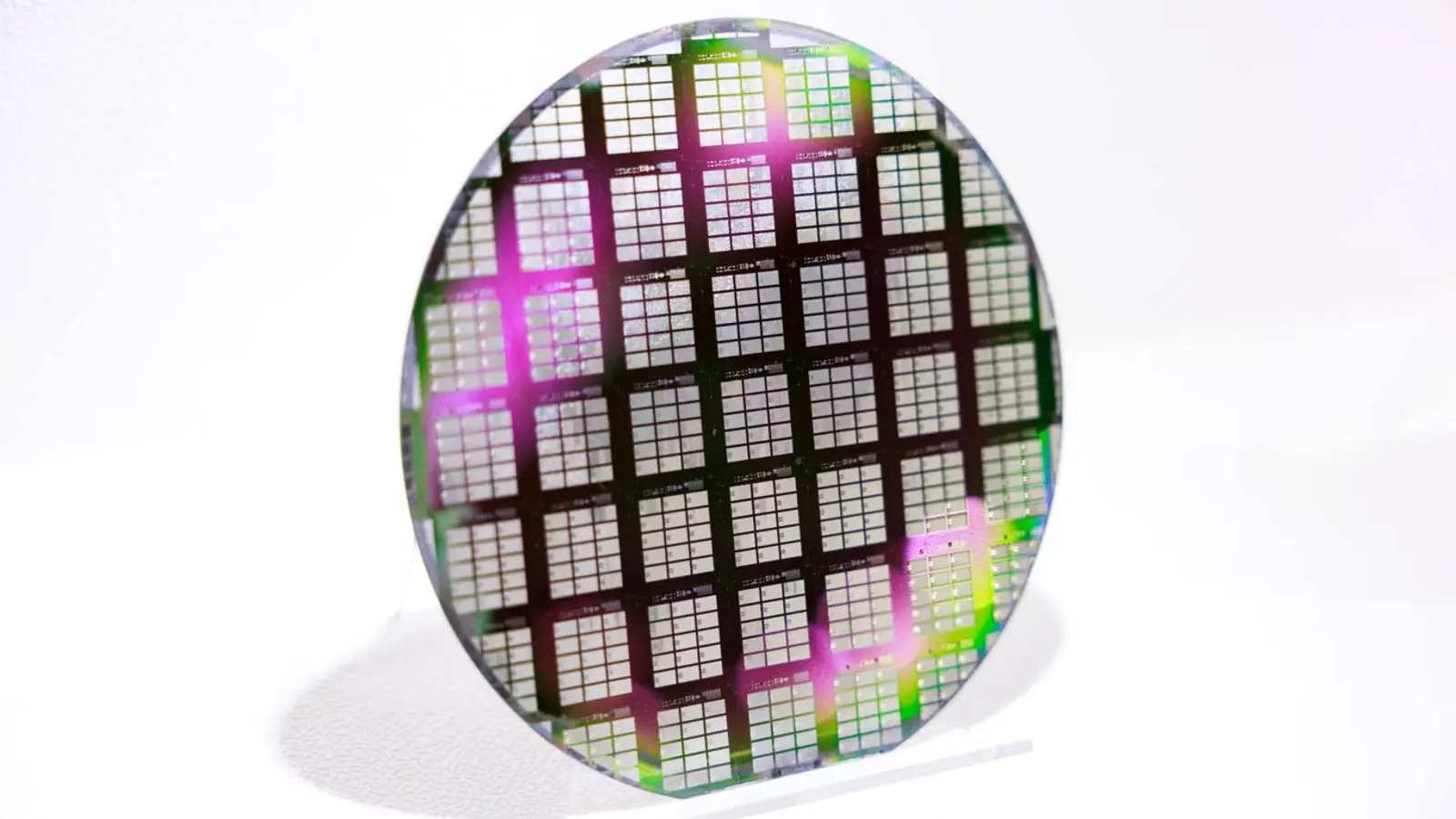Stanford grows micrometer diamond films to cool transistors
Stanford researchers grew micrometer diamond layers on transistors at 400°C, cutting chip temperatures by up to 70°C and enabling cooler, faster processors.
Stanford researchers grew micrometer diamond layers on transistors at 400°C, cutting chip temperatures by up to 70°C and enabling cooler, faster processors.

© D. Novikov
Scientists at Stanford University have unveiled a breakthrough in cooling microchips with diamonds. The team developed a way to grow a micrometer-thick diamond layer directly on transistor surfaces, bringing their temperature down by 70°C in real tests and by up to 90% in simulations.
The technique tackles a central challenge in modern microelectronics: overheating as transistor density climbs. In a lab led by Professor Srabanti Chowdhury, researchers for the first time grew diamond at around 400°C—a level safe for semiconductor structures. Earlier methods demanded temperatures above 1000°C and could ruin the circuitry. Achieving the process at this lower threshold is what turns the idea from lab curiosity into a workable path forward.
Diamond boasts record thermal conductivity—six times higher than copper—making it a natural heat spreader. The new approach uses polycrystalline diamond grown with added oxygen to remove impurities and improve conductivity. This thin film surrounds the transistors and sheds heat far more effectively than traditional heat sinks.
The advance has already caught the attention of DARPA and major chipmakers, including TSMC, Micron, and Samsung. Broad adoption of diamond cooling is expected by 2027. Researchers say the breakthrough could prolong the silicon era and pave the way for more powerful, energy-efficient processors, and the promise here is hard to ignore.